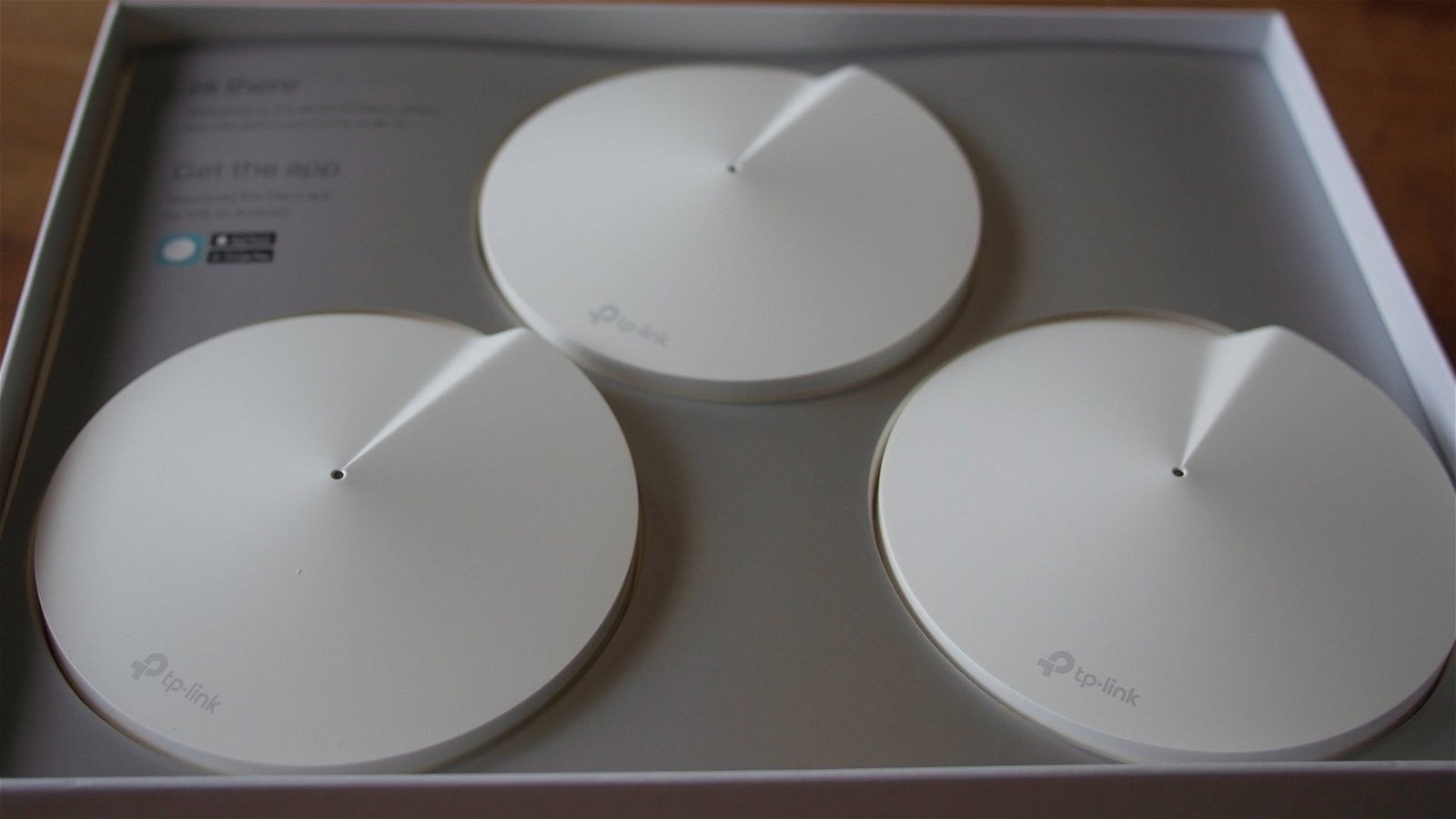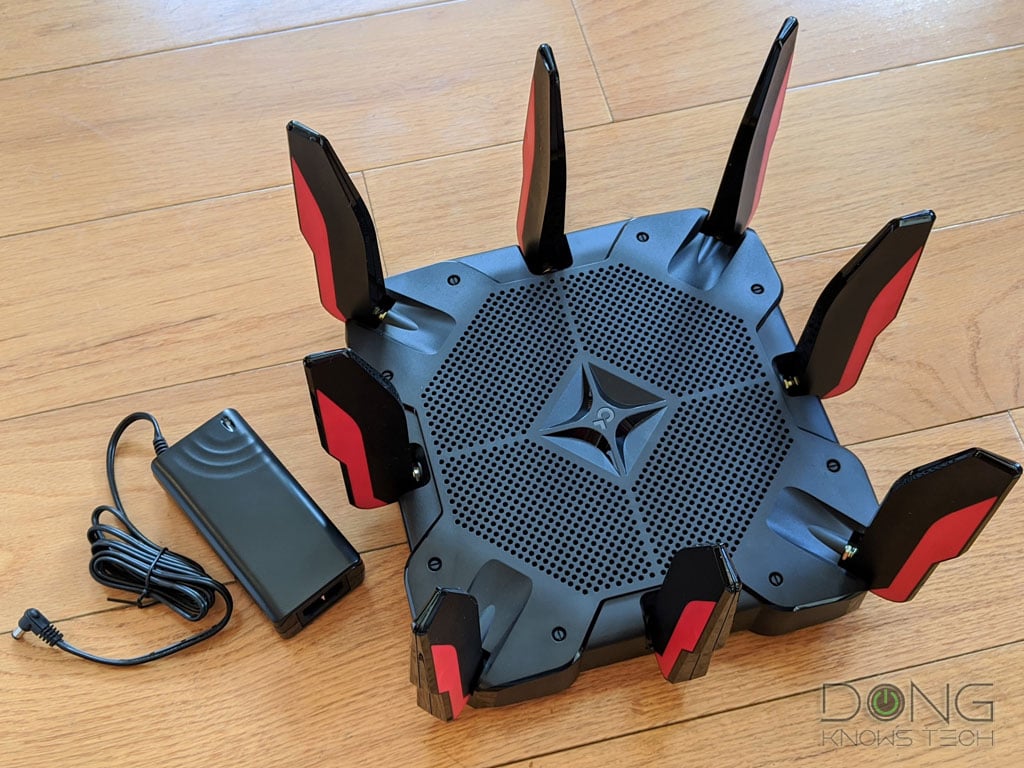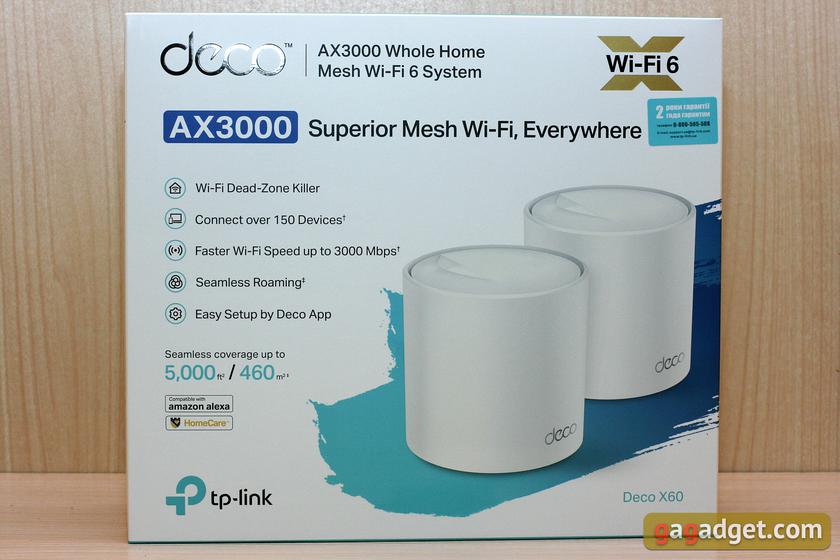Tp Link Deco Review

Engenius Enmesh Whole Home Wi-Fi Systems (Emr3000-Kit).
Check out our EnGenius EnMesh Whole Home Wi-Fi Systems (EMR3000-Kit). Each node has a quad-core CPU and 4GB flash memory. There is also 512MB RAM. A Zigbee antenna, Bluetooth antenna, two 5GHz radios and a WiFi radio are all included. The system has a 5GHz band that is used as a backhaul frequency for data transmissions node-to–node. However, it can also use the two other bands to provide on-demand backuphaul.
Deco M9 uses an AC2200 system to reach data link speeds up to 400Mbps on the band of 2.4GHz and 867Mbps on all five bands. The only thing you can do is use band-steering, and the radio bands cannot be separated. Multi-User Multiple Output Multiple Output (MUMIMO) data streaming is supported. The data stream transmits data to multiple clients at once, rather than sequentially. Also beamforming allows clients to send data direct to their clients, rather than using a large spectrum.
Smart lighting from TP-Link. Cree. Philips. GE. Smart Switches from TP-Link. Numerous sensors including door/window sensors. SmartThings. Securifi. Nest thermostats, Nest Protect Smoke/CO and Nest thermostats can be controlled by the device. This device does not include the Z-Wave radio, which you will get with your Samsung Connect Home AC1300Smart Wi-Fi Systems. But, it can control network features such as guest networking and QoS presets. IFTTT applets allow you to integrate smart devices with web services. To turn on lights for Uber vehicles arriving at your door, or to make your lights switch colors in response to a win by your favorite sports team, an applet could be made.
Similar to the Deco M5, M9 Plus includes Trend Micro-powered homeCare. This is similar to Ai Protection you get with the Asus Lyra Trio. Both provide malware and virus protection. They will quarantine any infected devices immediately to prevent them from infecting your network. That said, TP-Link’s HomeCare lasts for three years before you have to pay an annual subscription fee, while AiProtection is a lifetime deal.
Everything is controlled using the TP-Link Deco app, a thoughtfully designed mobile app for iOS and Android devices. The overview screen shows the name and location of your network. Tap this icon to view the current status of all nodes (online and offline), and their health. Below the internet icon are Antivirus and Parental Controls buttons. You can activate the Intrusion Prevention System, Malicious Content filtering, and Infected Device Quarantine by clicking the AntiVirus button.
Tapping the Parental Controls button takes you to a screen where you can create user profiles and assign Filter Levels (Child, Pre-Teen, Teen, Adult) to each user. Each level offers a different degree of protection: For example, the Child level blocks access to sites that contain adult content, gambling, sex education, social networking, games, and more.
The Buying Decision
I started by reading reviews and pricing systems. One review said that the TP-Link was fast becoming a top-rated brand. So, I gave it a close look. So I ordered it.
A version of the M4, the model that I purchased, was also known as the M4, and it supported Alexa. I have no desire to have Amazon (or Google) listening to me all the time, so I don’t buy them.
According to reviews, one potential problem with lower-end mesh network is the inability to access advanced controls or options. My experience with LANs goes back to thickwire base-10 Ethernet and vampire taps. Frankly, I take no joy in fussing about with networks. It has to be functional.
Despite those warnings, it seemed to me that the TP-Link management app — confusingly named Deco — has more features than I’ll need (QoS, fast roaming, beamforming, and more.) But, if you love tweaking your network, check out the Deco app first.
All organizations have been forced into the future. Which factors will decide whether this brave new world is a success?

Take
There has been one important change since the last time I reviewed the TP Link mesh routers. This is the new competitive landscape. The price of mesh systems made by Amazon, Google and other companies has fallen, but TP-Link seems to have raised theirs. TP-Link’s mesh is still cheaper than other systems, although the difference in price is smaller than it used to be.
If you want Wi-Fi 6, though, prices start at about $250 for a two or three node mesh. It’s more affordable than many of its competitors.
But do you want Wi-Fi 6 NOW? You probably haven’t upgraded to WiFi 6, so it is unlikely. However, you might be interested in more Wi Fi 6 systems, so why not wait?
I make a practice of staying away from devices and services offered by firms that package my info and sell it. TP Link doesn’t collect any user data and does not resell it. Even though I find the pricing a little less attractive than the original, I prefer the TP Link model.
Are you looking for Wi-Fi 6 mesh that is cost-effective? Look at the TP-Link Deco X20 / X60 system. They worked great for me.
Please leave comments: Which recommendations would you make?

Cons
A few Ethernet ports were available at the satellite main-satellite
Wi-Fi 6 (4-stream 2404Mbps 5GHz, 2-stream 574Mbps 2.4GHz)
Two Gigabit Ethernet ports per satellite
We’ve seen a surge in the number of Wi-Fi 6 mesh systems, but the TP-Link Deco X60 is the first one that I’ve tested with three satellites.
It’s also cheaper than the other systems I’ve reviewed, showing Wi-Fi 6 prices are starting to drop.
.Tp Link Deco Review


